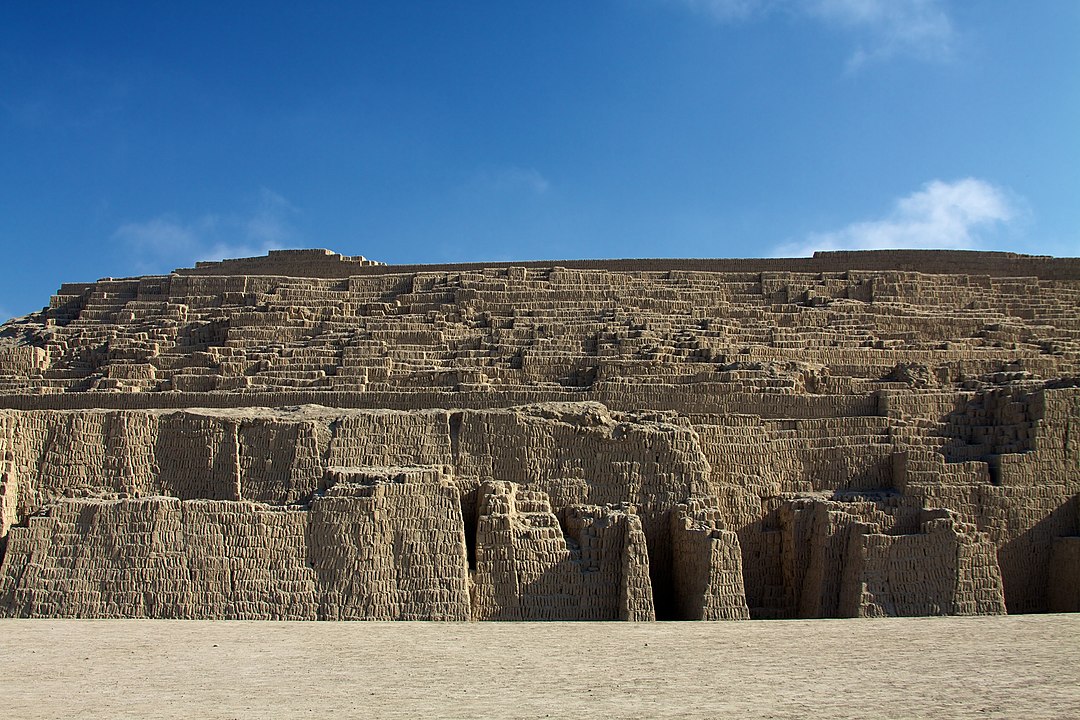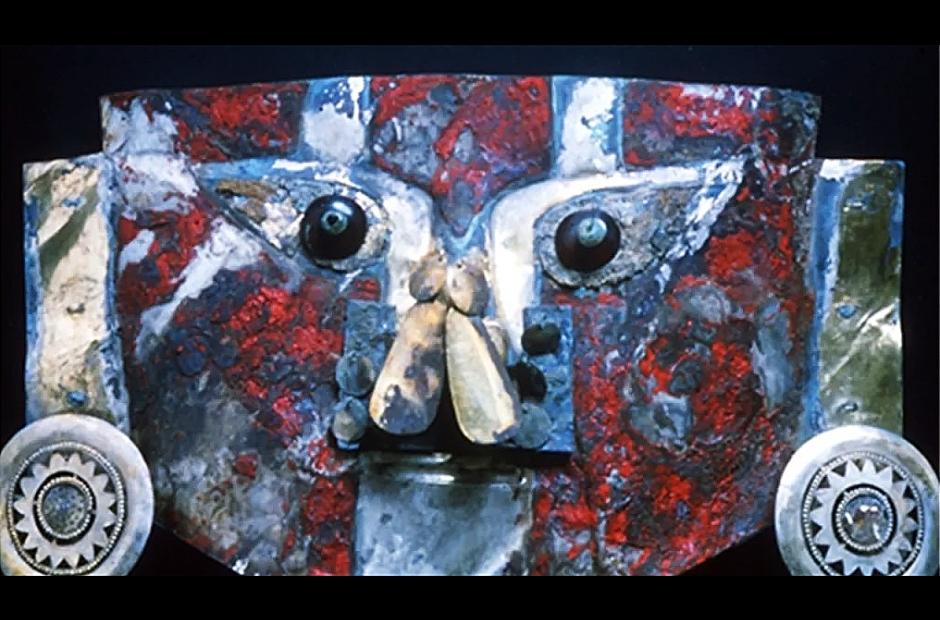The grave of a Sicanian ruler, located in nowadays Peru, contained a body and a severed head with a golden mask. Detailed research into the dyed mask shows that the red color is created by a mixture of human blood and other binders.
Ruler’s Mask Decorated with Red Dye
Archaeologists have discovered human remains in the tomb of a temple mound in Huaca Loro, Peru. In addition to the cowering body, the grave contained many objects weighing more than one tone from which the head had been separated.

The man’s face was adorned with an ornate gold mask. The mask and skeleton were painted red. 30 years ago, scientists discovered that the used dye was vermilion or mercuric sulfide. But British chemist Elisabete Pires of Oxford University and her colleagues were interested in what kind of binder people used back then.
Human Protein Binder
Using modern methods, the scientists came up with a surprising answer – they used mass spectrometry and proteomics (or proteins collection study). Using this method, they identified the proteins that were present in red. Among other things, they found traces of the egg protein albumin, which led the researchers to conclude that eggs were used in the production of the dye.

More surprisingly, the researchers also identified six proteins that originated in human blood, including serum albumin and the antibody immunoglobulin G. The human blood was one of the key ingredients in the paint understudy, probably for ritual reasons.
The buried man with the blood-painted mask is believed to have been a local ruler. At that time, the Sicanians (Lambayeque) culture lived in Huaca Loro and were skilled with metals, as evidenced by the mask. Their culture existed from the 8th to the 14th century AD.
Source and credit: https://www.sciencealert.com/ancient-gold-peruvian-funerary-mask-has-been-hiding-a-gruesome-secret














